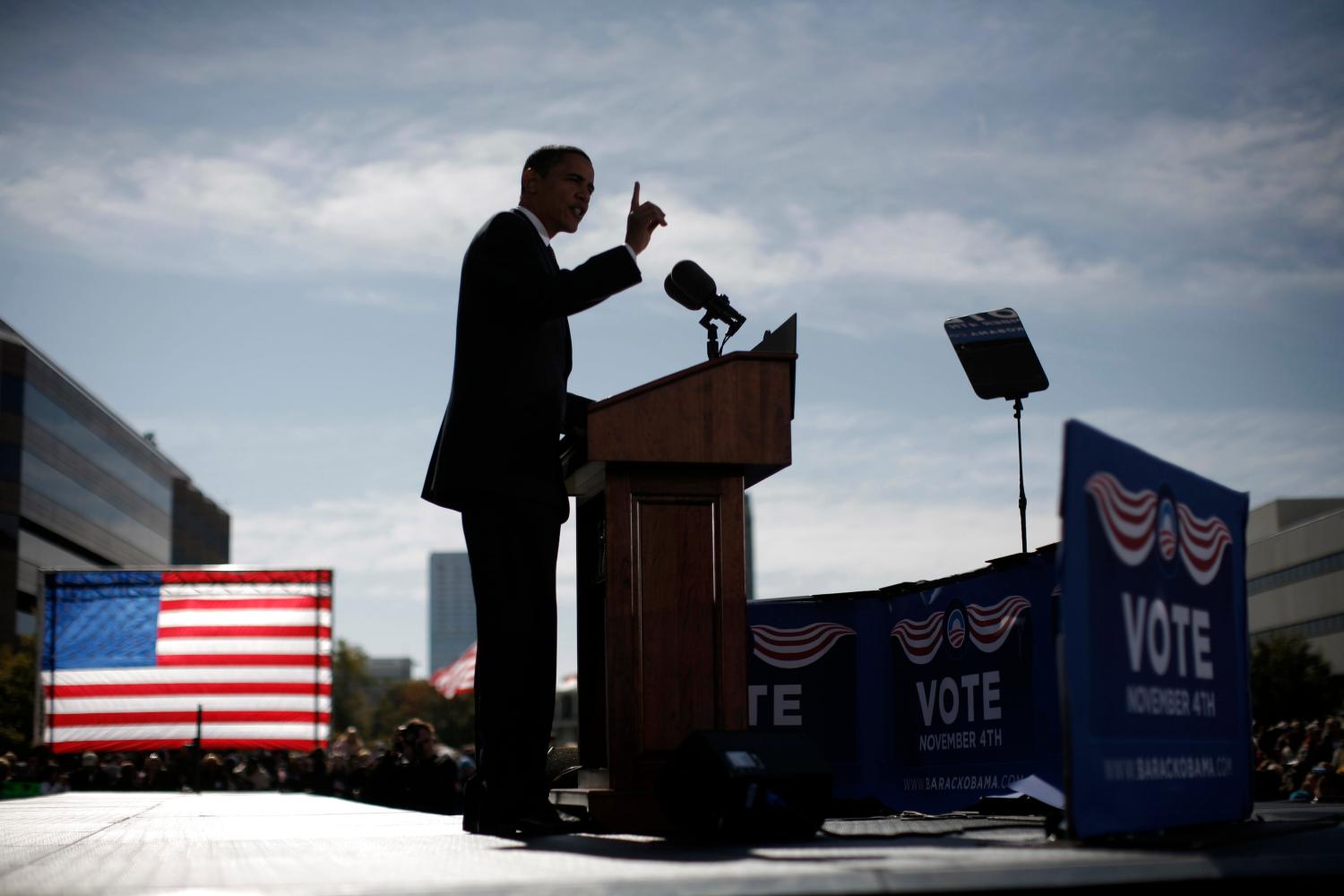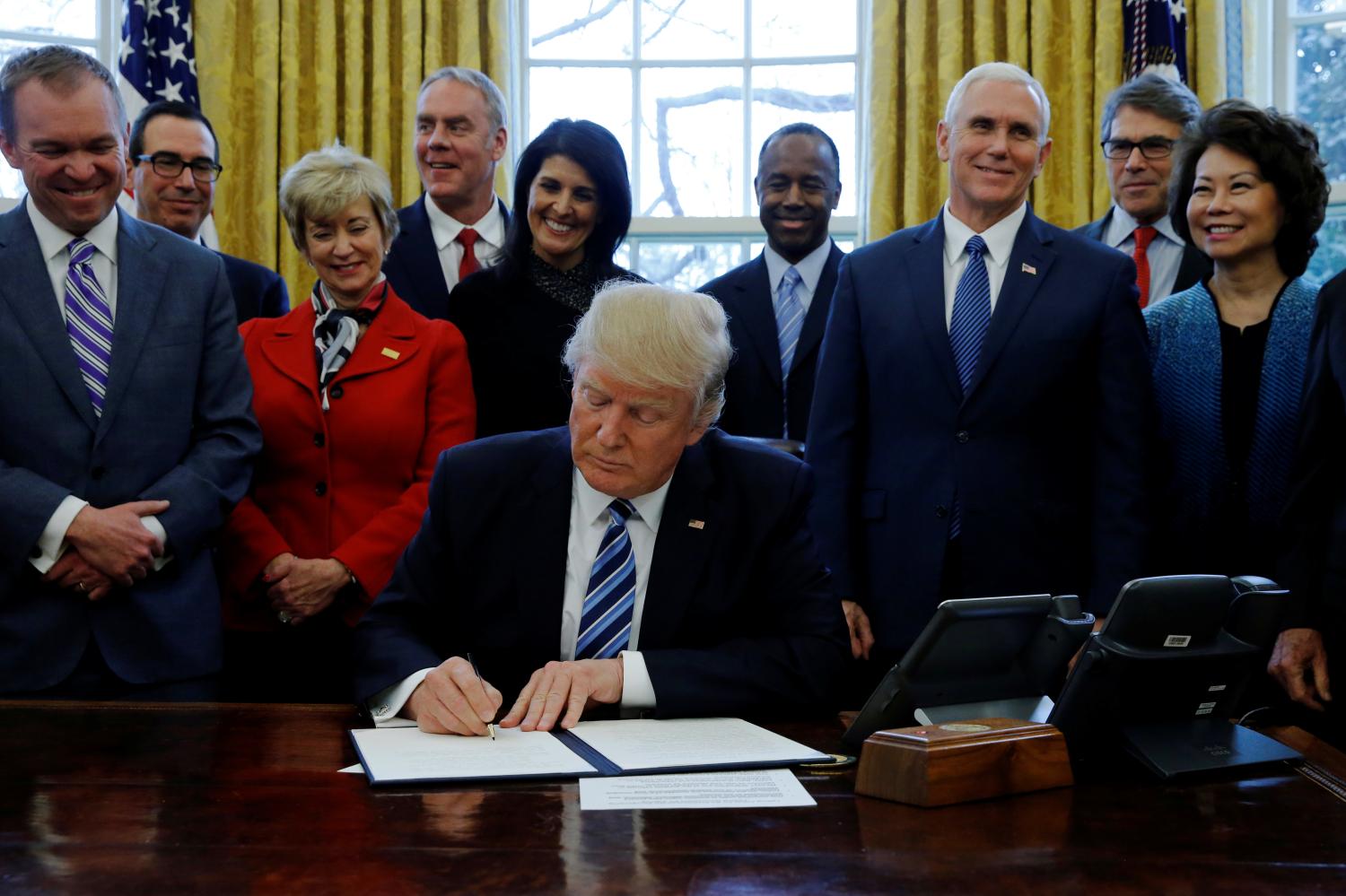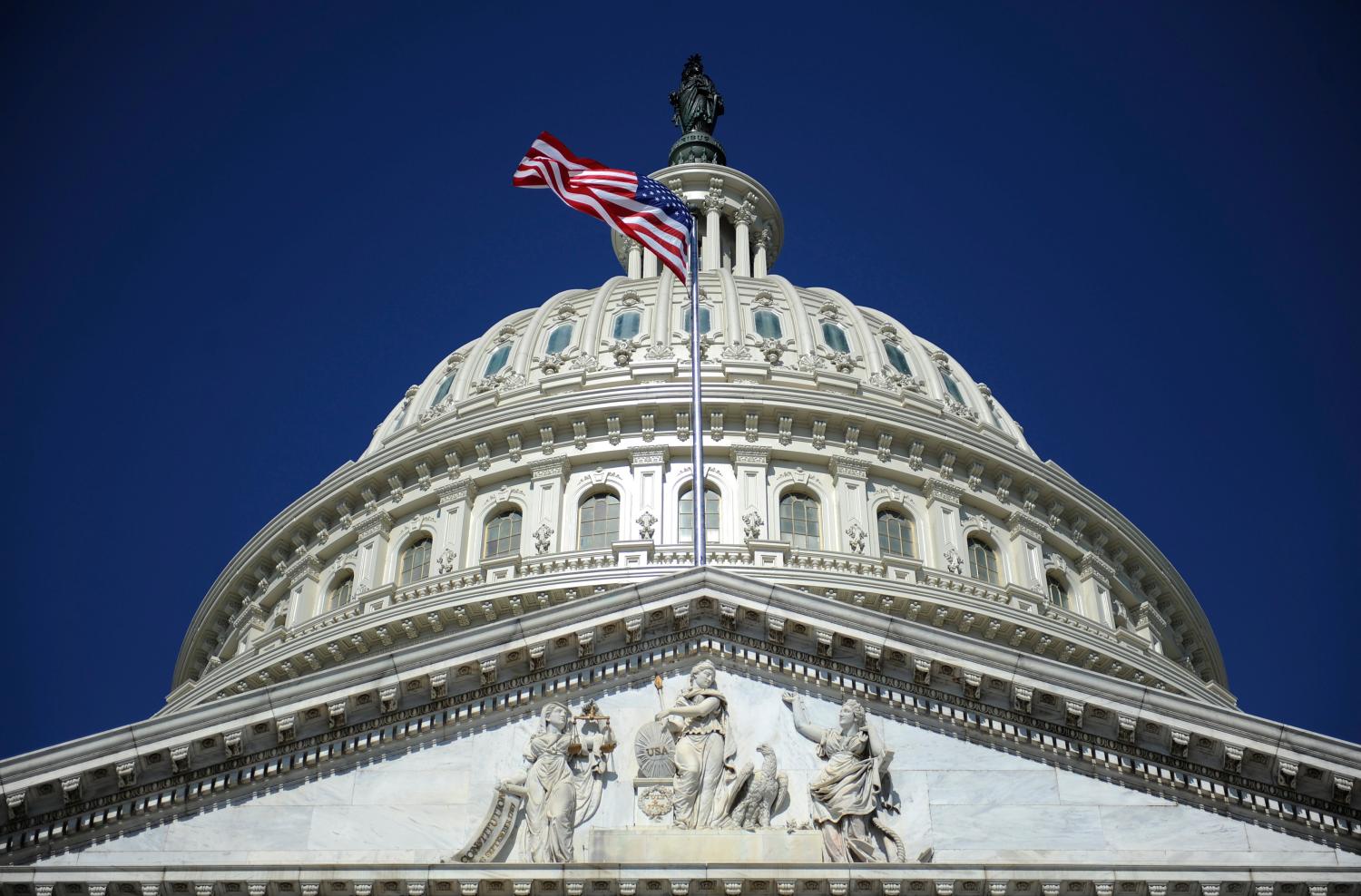Debate persists about whether or not presidents lead public opinion, how they do it and the effect it has on Congressional voting behavior. In this paper, Brandon Rottinghaus articulates and finds support for an alternative strategy to the “going public” presidential leadership tactic. With the United States currently experiencing a hyper-polarized political environment, he argues that the president’s goal in “going partisan” is to directly mobilize local partisans and leaning partisans and indirectly engender greater party support of the president’s party within Congress. The end goal is not to persuade cross-pressured members of Congress or persuade opposition partisans, but rather to hold copartisan members of Congress in the fold. Thus, presidents target wavering copartisans in the public and in Congress with their rhetoric. This approach explains why presidents primarily travel to states that they won in previous elections, why presidents spend time courting partisan voters and provides the proper context for modern presidential leadership. Presidential visits have a significant impact on state-based partisan (and leaning partisan) presidential approval and partisan support in Congress.
The implications of this finding allows scholars to reassess the way presidents lead in a polarized political environment, as presidents are not focused on persuading a national persuadable audience but instead on political partisans. In particular, this provides additional evidence of the president’s effectiveness at motivating his partisans and how mobilized partisanship at the state level engenders more partisan support of the president. The effect is modest (about half a percentage point per year) but effective considering the president’s limited options. The creation of mutual executive-legislative partisan goals through greater partisan support softens the bargaining environment for presidents. Importantly, that these effects are specific to a more polarized period in the country and within Congress, there is additional evidence that presidential leadership has evolved into a partisan effect as political polarization has cemented in Congress. The rumors of the death of the president’s ability to leverage his popularity into support in Congress is greatly exaggerated. This effect wanes, however, in the polarized period, suggesting new partisan tactics are necessary.
Conclusion and Implications for Presidential Leadership
The polarization of politics has had a profound effect on political decision-making and presidential leadership. These changes alter the way that presidents attempt to persuade the public and, indirectly, members of the legislature. The “going partisan” theory is the next step in an evolving lineage of theorizing about how presidents adapt their political persuasion to their political environment. In particular, this theory has a number of advantages:
- First, it helps to explain how presidents act in a system besieged by partisan polarization. The arc of the political process necessitates that presidents alter their tactics to lead and that scholars update their theoretical expectations about the success presidents may find.
- Second, the “going partisan” theory helps to explain why presidential leadership doesn’t always work, perhaps more generally why presidential leadership of Congress does not always work.
- Third, this theory is more cleanly resonant with evidence of the permanent campaign, which dominates the president’s strategic goals in the modern political era.
Ultimately, there is both good news and bad news for presidents. The good news is that big losses are avoided. Presidents, even those with a minority in both houses of Congress, can maintain a defensive position by keeping a minimum amount of opposition unified around the White House’s agenda. Although presidential leadership of the public is never easy, persuading copartisans is an easier task. Indeed, during the skirmishes over the budget and the implementation of the Affordable Care Act in late 2013, President Obama kept the Democrats unified around primary policy goals. Even as the House Republicans crafted their final spending offer before the government shutdown in October, “the Democrats didn’t budge, killing the proposal without a single defection. Their unity was so assured that Majority Leader Harry M. Reid (D-Nev.) didn’t bother to convene a private caucus meeting to discuss the measure before the vote.”[1]
The bad news for presidents is that fewer substantial policy innovations or major agenda items are likely to be initiated or maintained. Going partisan is a sustainable strategy only as a defensive measure rather than as an offensive one. That is, presidents should focus on facilitating legislative action when they have majorities, even if opponents howl about an unfair process.
[1] Helderman, Rosalind S. and Philip Rucker. 2013. “In Battles Over Budget and Obamacare, Rare Unity Among Democrats.” The Washington Post, October 1. http://articles.washingtonpost.com/2013-10-01/politics/42575791_1_house-republicans-democrats-rare-unity
The Brookings Institution is committed to quality, independence, and impact.
We are supported by a diverse array of funders. In line with our values and policies, each Brookings publication represents the sole views of its author(s).





